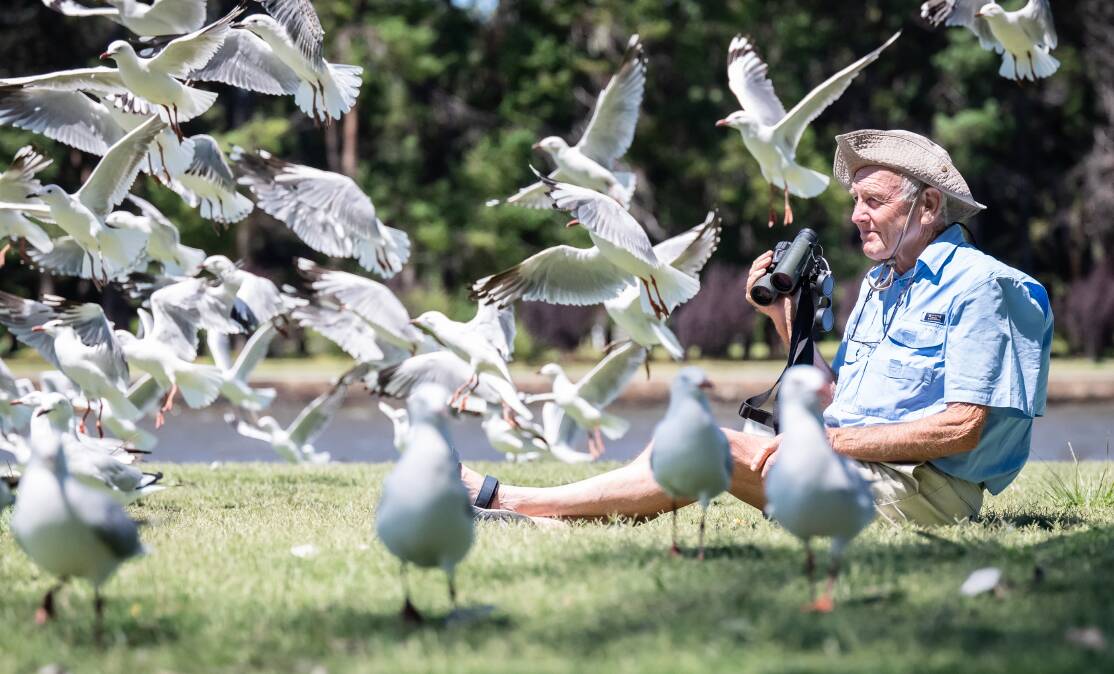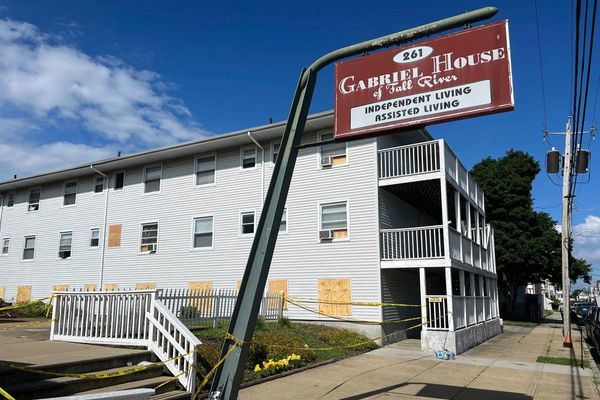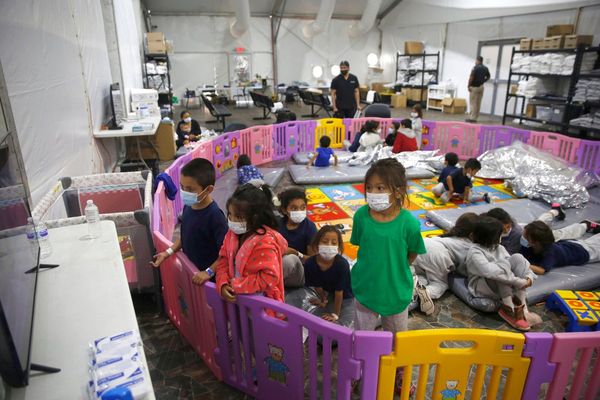Humans are reshaping the bird population of Canberra. Some species are being driven away while others are feasting on what Canberrans throw away.
Like gulls who are adapting and learning where the best chips are.
And ibises. Canberran ornithologist Chris Davey says their population growth has been so fast that "we are just on the cusp of them being a problem because people are complaining about them".
"They are increasing in numbers. They are breeding in Lake Tuggeranong. They are a very opportunistic breed which makes use of the urban situation."
Similarly, gulls do well off humans. (Seagulls, by the way, is just a general term shunned by bird experts.) Canberra's gulls are actually silver gulls (or Chroicocephalus novaehollandiae to be even more technical).
They are native to Australia, contrary to the common view that they came over with the colonists' fleets.
Chris Davey says they breed on Spinnaker Island in the western basin of Lake Burley Griffin. They used to breed in small boats anchored near the yacht club but for some reason came to find the island more congenial for love.
Spinnaker Island is only small (two soccer fields) but it provides safety from land-bound predators like foxes and cats (though a whistling kite was the prime suspect when some gulls were killed there in 2020).
From Spinnaker Island, they head to the nearest chips.
Chris Davey says he used to be able to see them make a beeline (as the gull flies) from the island over parliament to the waste dump on Mugga Lane. "They are scavengers and one of the ways of controlling them has been managing garbage tips."

Seaplane concerns
Nobody knows how gulls first got to Canberra. It may have been from larger water stretches like Lake George or Lake Bathurst.
Chris Davey worries that the much-touted seaplane service between Canberra and Sydney will disrupt the gulls' habitations.
"The take-off and landing sites will go past Spinnaker Island and birds could be spooked," he said.
He also feared that noise from the planes would frighten off pelicans, cormorants and swans.
The National Capital Authority which authorised the seaplane flights promised an environmental assessment last April but Mr Davey said he hadn't heard anything from them.
"All that we've got from the NCA is that they are aware of the issue and they'll look into it. And that's about it," he said. The NCA didn't respond to a request for comment.
While the gulls feed off human scraps, particularly chips, other birds on Lake Burley Griffin don't get on so easily with people. They are the ones which are in retreat.
Mr Davey thinks that the pelicans at the eastern end of the lake have grown fewer in number because of the spread of development along the banks.
"There used to be 10, 15, 20 pelicans in Jerrabomberra Creek but that no longer happens," he said. "We don't get pelicans nearly as much as we used to at the Wetlands, and I think that's due to the Kingston Foreshore development."
Unlike the gulls, pelicans don't breed in Canberra, travelling instead from as far away as Lake Eyre.
They are rarely seen away from water unless they are travelling between waterways.
And the number in Canberra fluctuates according to the climate inland. When the inland lakes are high with water, the pelicans stick with it.
But when the distant lakes dry out, the pelicans and other water birds disperse and seek refuge elsewhere, including in Canberra.







